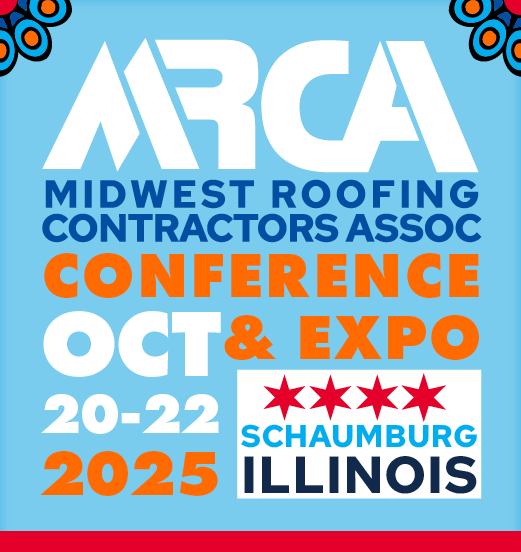what do ridge vents have to do with soffit?
« Back To Roofers TalkI read that "ridge vents remove all the air along the top, and the soffits allow it to escape." All the air along the top of the attic? If ridge vents remove the air, doesn't that mean that the air is pumping out? Why are the soffits necessary?
Then this post, from a different user, further confused me: "Hot air needs to go up to the vent and then someway go down past the shingles before it can escape the attic."
This is greek to me! If hot air rises to the vent, why doesn't it just go OUT the vent? Why does it have to escape through somewhere else? And what do they mean "go down past the shingles.." I am determined to learn but frustrated by the lack of clarity. Won't someone help?
fayetteroofing Said: I read that ridge vents remove all the air along the top, and the soffits allow it to escape. All the air along the top of the attic? If ridge vents remove the air, doesnt that mean that the air is pumping out? Why are the soffits necessary?Air flows from the soffit vents to the ridge vent releaseing stagnit air. Look at it as if its a slow moving fan. Without soffit vents a ridge vent can only release hot air and moisture from the house, only 50% efficient verses having the soffit vents alsoThen this post, from a different user, further confused me: Hot air needs to go up to the vent and then someway go down past the shingles before it can escape the attic.
This is greek to me! If hot air rises to the vent, why doesnt it just go OUT the vent? Why does it have to escape through somewhere else? And what do they mean go down past the shingles.. I am determined to learn but frustrated by the lack of clarity. Wont someone help?
Actually, that article is more right than wrong.
"Take a straw, poke a hole threw it and try to drink out of it. "
No, take a straw, poke a hole through it and try to draw air, not water, through it.
quote/]seen-it-all Said: This is probably the original article:
http://www.askthebuilder.com/745_Roof_Vent.shtml
Just tried to rebut his own article and it appears that it won't get posted. Here is what I posted on that website. Sure hope the general public doesn't think that is how all ventilation should be applied.
OK. Someone has confused the heck out of the general public. There are many types of ridge vent systems out there to use. Some good (Expensive), and some not so good (Usually the cheap models). I have been to many exhibits, supplier paid classes and have done my own research. Here is what I know best. Hot air rises = Hot air balloon Planes need lift = Bernoulli effect
Now, the ridge vents that we use have an outside baffle that forces the wind to create a high/low pressure above your ridge line. This will draw air thru your soffit area and out the ridge line. You must close off all other holes leading out of your attic or you short circuit the system. Take a straw, poke a hole threw it and try to drink out of it. This same principle can be used when dealing with a ventilation system. There are many different variables that you must take into consideration when trying to vent an attic properly.. Having more than one type of system in place at a time will not allow more air to flow, rather have the exact opposite effect. Sometimes the people that you think are experts are full of hot air themselves. Consult a professional roofer that has attained some kind of expertise on the issue.
This is probably the original article:
i googled ridge vent and sent me to yahoo answers.. go figure. great responses, many thanks. it's coming together now
P.S. The tricky ones to ventilate are the cathedral/vaulted ceilings that have NO attic space. There is usually some condensation up at the peak where the two ceilings meet. We've solved this problem in the past by nailing 2 x 4's over the existing rafters, decking over that with plywood with insulation attatched to the underside, ( thus creating a 2 inch air flow space ) Then installing vented drip edge at the bottom for intake, regular drip edge on the rake edges and then ridge vent at the top for exhaust. :blink:
What Robby said!!! INTAKE and EXHAUST. Sometimes i see people mixing different types of ventilation which is a big time no no. Like, they will already have say two electrical power fans on the roof and then install ridge vent. The power fans are the exhaust and the soffitt vents are supposed to be the intake but when mixed now the fans will pull the most air from the source which is closer which will be the ridge vent. Completely going against the desgin of a ventilation system. ( ridge vent is for exhaust not intake ) Mixing power fans and wind turbines wouldn't be as dramatic but still the fans are stronger so it should not be done.

























